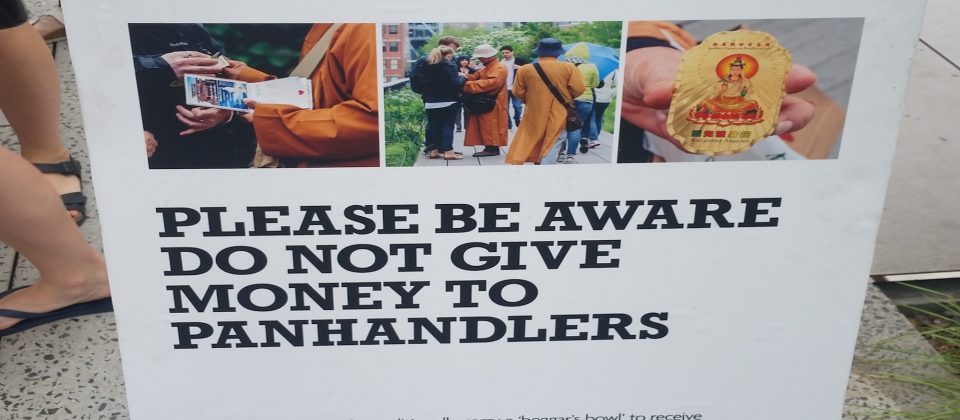Eric Goldfischer, PhD Student in Geography, University of Minnesota
Cities have long tried to influence the ways in which homelessness, and poverty more broadly, become publicly visible in urban space. Even as they do so through punitive tactics such as broken-windows policing, however, the conditions which produce homelessness–most centrally the loss of affordable housing through processes of gentrification and displacement–remain unaddressed. New York City presents a particularly clear example of the fraught relationship between visuality and homelessness, as the city has recently engaged in anti-homeless campaigns which rely heavily on the sense of seeing, most recently in the designation of “homeless hotspots” as two or more homeless people in public space. Meanwhile, the city attempts to project a different kind of visual enticement onto new ecologically-focused projects such as the High Line Park, raising the value associated with particular visions of green space which remove poverty and homelessness from sight. Working with homeless activists across the city, this project asks: How can looking and knowing from different viewpoints disrupt the violence of the planning gaze, and the anti-homeless laws which accompany it? And what practices of seeing can produce different conditions of possibility for urban livelihoods by taking into account the intertwined natures of urban ecologies and housing justice? In doing so, this project draws on theories of visuality, black feminist thought, and urban geography in order to account for the simultaneous absence and presence of homelessness in the urban ecological landscape.


Leave a Reply